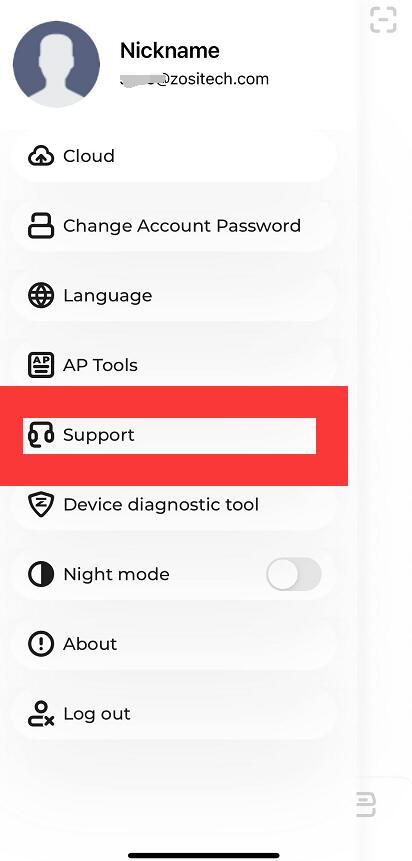Our DVRs and NVRs can operate in the environment from -10 °C to +55 °C. Highest temperature can be +55°C.
The humidity is 10% ~ 90%RH.
Keeping a DVR or NVR cooped-up in a confined place—like an unventilated office or on a shelf butted-up against the wall—can cause it to overheat and draw in and retain excessive dirt into the interior. If this is the case with your overheated machine and it feels hot to the touch, immediately power-down and move it to a well-ventilated space with at least a one-foot clearance behind and over the unit.
Proper ventilation is key to keeping a busy NVR cool and operating efficiently. Place your unit in an air-conditioned area, if possible, and definitely keep it out of direct sunlight. Use a backup power supply to prevent accidental outages and power surges. Heat monitors are now compact and can be mounted near the unit and monitored wirelessly through a smart device.
So how can you avoid overheating to prolong the life of your DVR and provide enhanced security through video surveillance? Below, we provide critical tips.
Be Conscious of Temperature
Always be conscious of your system’s temperature. Consider both internal and external factors to evaluate heat liability implications:
- The temperature of the room in which your DVR/NVR is stored plays a big role in maintaining a safe environment. Keep it cool and well ventilated.
- Utilize an electronic thermometer to monitor ambient temperature (the area where your equipment is being stored) if your system does not contain an internal hard drive.
- Do not run systems when they are not in-use. Allow your system downtime to cool on its own.
Ventilate, Ventilate, Ventilate
Adequate installation of cooling and ventilation can ensure your system does not overheat. Prevent your DVR from reaching its boiling point in the following ways:
- Install cabinet fans or spot coolers to increase ventilation.
- Do not move DVRs while they are running or in use.
- Do not stack systems on top of each other or too close together.
- Store DVRs in air-conditioned rooms if possible.
- Provide systems with easy access to natural airflow.
If you have questions on how to keep your DVR’s temperature in the safe zone, please feel free to contact us.





